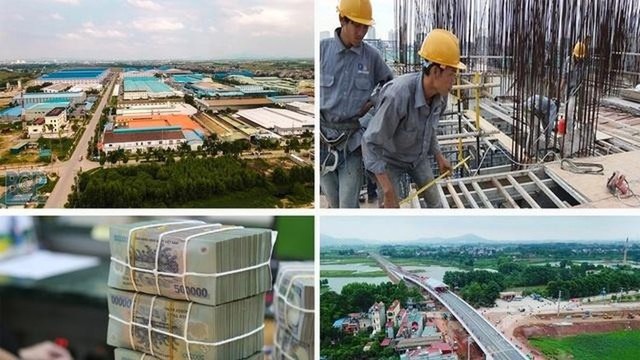Gov’t steps up public capital disbursement
VGP - Prime Minister Pham Minh Chinh on September 21 issued an official telegram outlining urgent tasks and solutions to accelerate public investment disbursement in 2025.

The disbursed volume of public investment in January-August period was estimated to reach 46.3 percent of this year's plan, according to the official telegram.
Disbursement remains slow due to various reasons, including weak administrative discipline, lack of decisive leadership, fear of responsibility among officials, weak communication, shortages of construction materials, and limited investor capacity.
To meet the target of fully disbursing the year’s public investment plan, the Prime Minister requested ministries, agencies, and localities to treat public investment disbursement as a top political priority. He emphasized the need for clear accountability, defined timelines, and measurable results.
Inferior leaders were requested to draw up weekly, monthly, and quarterly schedules to accelerate disbursement. Unallocated funds must be distributed without delay, while resources from underperforming projects will be redirected to those with better progress.
By September 25, ministries and provinces must report unused capital and the reasons for delays to the Ministry of Finance and the Prime Minister.
The Prime Minister also stressed the importance of stabilizing human resources during the rollout of the two-tier local government model, with capable officials assigned to project management roles.
The Ministry of Finance was tasked with coordinating with relevant ministries, agencies, and localities to review and recommend capital transfers based on September performance. It must also submit weekly disbursement reports to the Prime Minister every Friday morning.
Deputy Prime Minister Tran Hong Ha will oversee the resolution of obstacles raised by ministries and localities. The Government Office will monitor implementation and report issues beyond its jurisdiction.
Viet Nam’s total public investment plan from the state budget for 2025 is more than VND 1.09 quadrillion (around US$44 billion)./.
